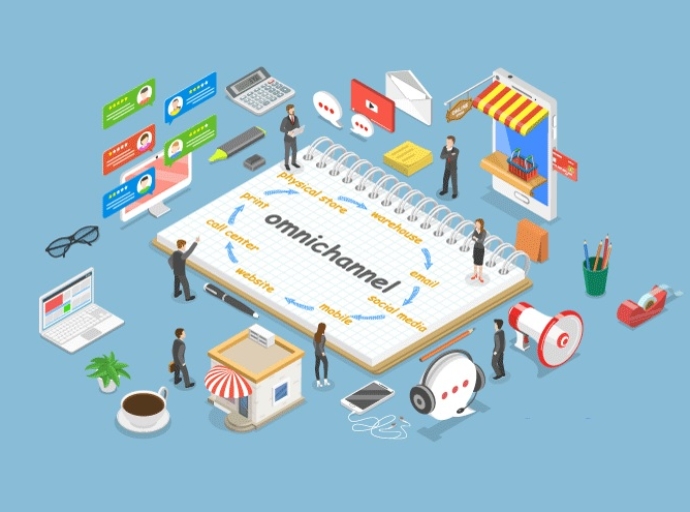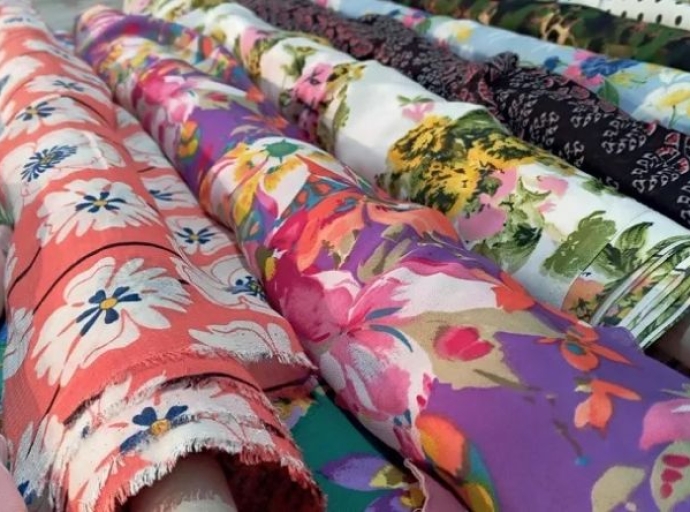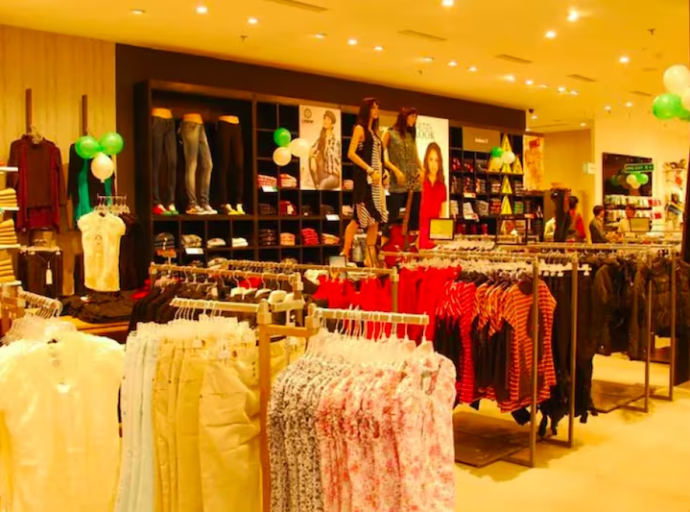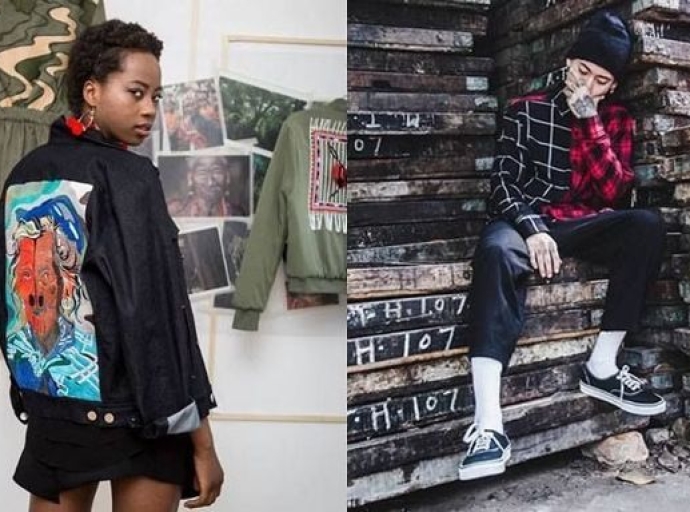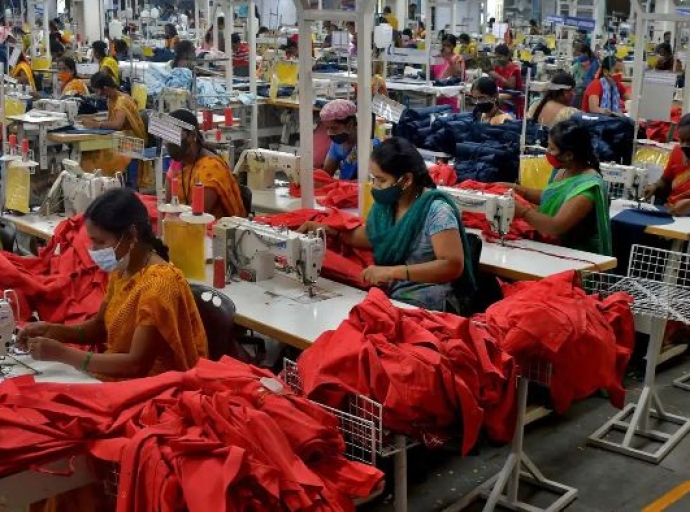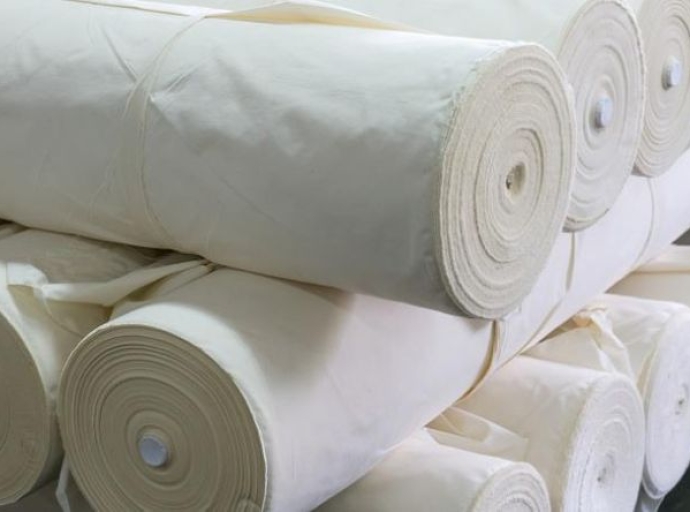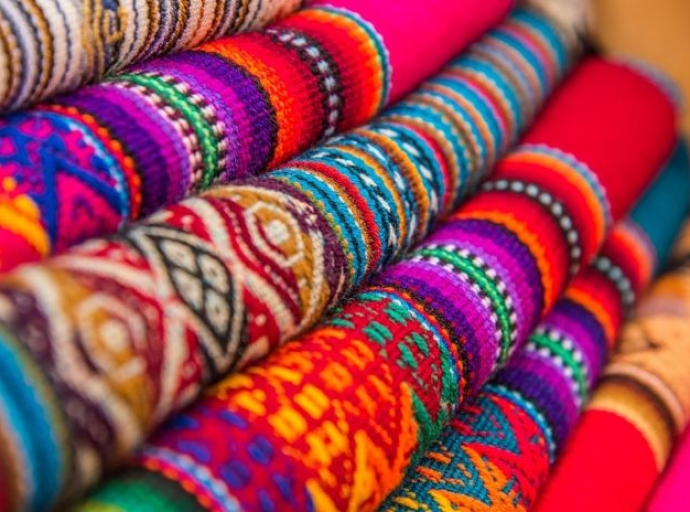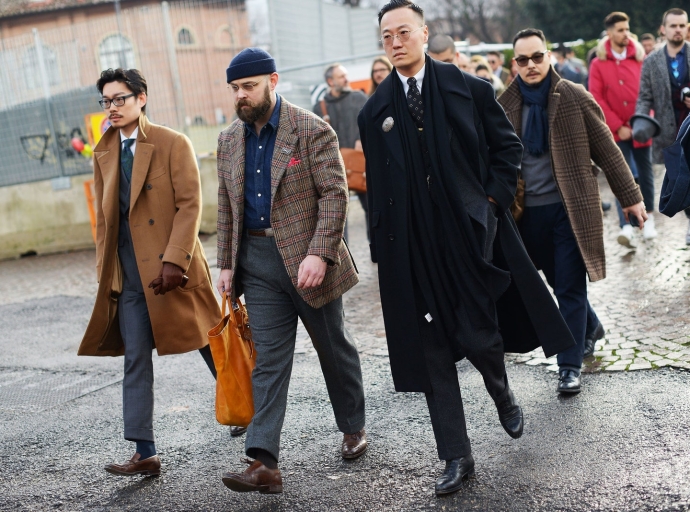31 May 2023, Mumbai
Cross-channel functionalities need to be enabled if you want to boost collaboration. This can be as basic as informing customers about omni-channel support options or letting them get in touch with a staff member in-store for assistance.
Actionable insights
Customers can also make online reservations for things they want to buy or pick up in person.
According to experts, the majority of store sales are already influenced by digital information, and that percentage is rapidly increasing.
84 percent of customers reach for smartphones either before or during store visits, according to Deloitte research. And this figure is increasing.
Universe of eCommerce
Is it an eCommerce sale if a buyer visits a store, discovers the item is out of stock, and then utilizes an in-store terminal to have it shipped to their home from another location? What if a client is shopping in one store, finds a better deal at another using smartphone, then orders it online for in-store pickup?
Employees must cooperate in new, quicker, and more efficient ways as retailers become more fragmented than ever before.
Trailblazing; The last thing a customer wants after making the effort to visit your store is to be led to your website.
Additionally, in an omnichannel world, employees need to spend more time interacting with customers.
Evolved consumer
After all, the always-connected consumer is better informed than ever and can easily access whatever information a store associate can supply from their smartphone.
Consumer-facing industry; They want and expect the storefront to take care of their individual requirements; they are not there to be sold to.
Store employees serve as the customer support for eCommerce if brick-and-mortar stores are its physical representation.
Informed decision
When a customer requests help online, a representative has access to all relevant information about that particular customer, including purchase history, interests, and preferences.
When entering a store, customers anticipate the same thing. They anticipate that shop staff members would have access to the same data and use it to create tailored encounters.
Keys ways to improve the online-offline experience
To deliver the greatest possible customer experience through personalization, in-store personalization touch-points contain both physical and digital components, as well as points integrating both technology and people.
Intelligent event; Retail personnel, however, assert that communication stumbling blocks have a detrimental impact on both customer service and production.
Everything from not knowing how to return an internet purchase to receiving incomplete information on recently introduced programs from head office. These problems shouldn't be disregarded. The shop experience stays as convenient as the online experience when your staff is properly trained.
Skill set and adoption of technology are the key
Retail staff must have access to technology in order to arm themselves with the necessary knowledge and be available and effective on the sales floor in an omni-channel experience.
Innovations can be disruptive & transforming; Sales representatives have access to almost endless data about clients, as well as information on price and stock when they are equipped with the right equipment.
When sales associates are knowledgeable about a customer's past purchases, they can offer informed, timely, and relevant advice.
DFU Publications
Fashion Brand & Retail News
ARTICLE
An omnichannel experiential journey of Shoppers
09-11-2022
Omnification
Retail
Skill Development
E-commerce
Online
Offline
Festive Season
Diwali
09 November 2022, Mumbai:
Every adversity has a silver lining and a prelude to the onset of all-pervasive technology intervention in the day-to-day life of commoners was a fundamental tailwind we have directly experienced out of the COVID-19 era.
Thanks to the pandemic which had the power to impact and taught us many things and the learnings thereof, will hopefully permanently serve us in good stead in the coming times.
Like any other sector retail industry languished during the pandemic too staving off the crisis having learned, unlearnt, and relearned valuable lessons during these unprecedented times.
As the internet need and want grown disproportionately during COVID-19 and forces like internet service providers wasted no time in wresting the opportunity with both hands and more particularly the advent of Jio belonging to O2C conglomerate "Reliance Industries" helped trickle it to Urban-semi Urban-Peri Urban-Rural-Hinterland and ARPU went historic high on the back of world's cheapest data available to the last man on the street which did magic.
The great consumer shift
There is a famous adage," Often, some of the best things in life come out of the most difficult challenges".
Considering the ever-evolving speeds and technology of the internet and now the advent of the ambitious 5G roll, the shopping experience has undergone a sea-change in concert with the evolving timescape.
Kickers
What is driving all this is the back of super buying ease E-Tailers have made possible today with merely a swipe of the consumer's finger while using a smartphone taking her to a great marketplace where stunningly she gets spoilt for choices.
On the back of evolving technologies
More importantly, technology fully backed this emerging changing consumer behavior crystallized by Social media (SMs) platforms of the day such as Facebook, Instagram, and WA (WhatsApp) using portals/web tools/curating strategy cashing in on this mouth-watering opportunity which is only getting bigger by the day.
By the way, this presented e-biggies with an all-time high chance of engaging and, directly reaching out to the customer, alluring them with a direct shopping experience interestingly enough all this tech evolution has led to.
The Rise of Omni-Channel Presence
During a recent roundtable discussion hosted by ETRetail in association with Salesforce, industry experts concluded that having an omni-channel presence is no longer a luxury but a necessity for brands to stay relevant in today's retail landscape.
This change has been driven by the evolving buying behavior of Indian consumers, who now expect to engage with their preferred brands from anywhere, giving rise to the concept of omni-channel presence.
Unlocking Growth through Omni-Channel Strategies
India, being the world's fifth-largest economy and a digital powerhouse, presents unprecedented potential for retail growth.
It is projected that India's retail market will reach $1.7 trillion by 2029. With a large number of mobile phone users in India relying on smartphones for product information and purchases, online touchpoints have become the primary channel for engaging with consumers.
Overcoming Challenges
The roundtable discussion highlighted the success of brands that have embraced omni-channel strategies. Godrej Interio, a prominent furniture company, exemplified this by establishing an online presence alongside their physical stores, leading to increased sales.
They observed that while consumers still prefer to inspect furniture in person, many purchase decisions were made online, showcasing the importance of omni-channel presence.
Fashion's Omni-Channel Advantage
Retailers face challenges in ensuring accessibility across various touchpoints and providing 100% inventory visibility to customers across all channels. However, creating a superior customer experience through a well-rounded omni-channel approach, logistics, inventories, and customer service is crucial for brands to establish themselves firmly in the retail market.
Gen Z and the Digital Shift The entry of digitally native Gen Z consumers have further driven the demand for digital channels and online purchases. Luxury brands, such as Tata Cliq, have witnessed a significant shift towards e-commerce as younger generations prefer online shopping over offline options.
Adapting to Trends
Integrating technology into the retail journey has become essential. Customers expect a seamless, hyper-personalized shopping experience across all touchpoints, whether physical or virtual. Brands must find the right balance between technology integration and human interaction to enhance service quality and customer experience.
Evolving Customer Journeys in the Omni-Channel Era
Fashion brands have also embraced the advantages of an omni-channel approach, particularly in offloading seasonal collections and ensuring quick product delivery.
Online apparel shopping has gained popularity due to lower prices, easy logistics, and the ability to ship products across multiple locations in India. However, industries like electronics and luxury products face challenges in providing the same convenience and instant gratification to customers.
AI and Personalization
To stay relevant in a market driven by trends, fashion brands must continuously evolve their customer journeys and experiences.
Technology, particularly AI, will play a crucial role in enabling personalization, easy access to product information, trials, and returns, and delivering value to price-sensitive consumers.

